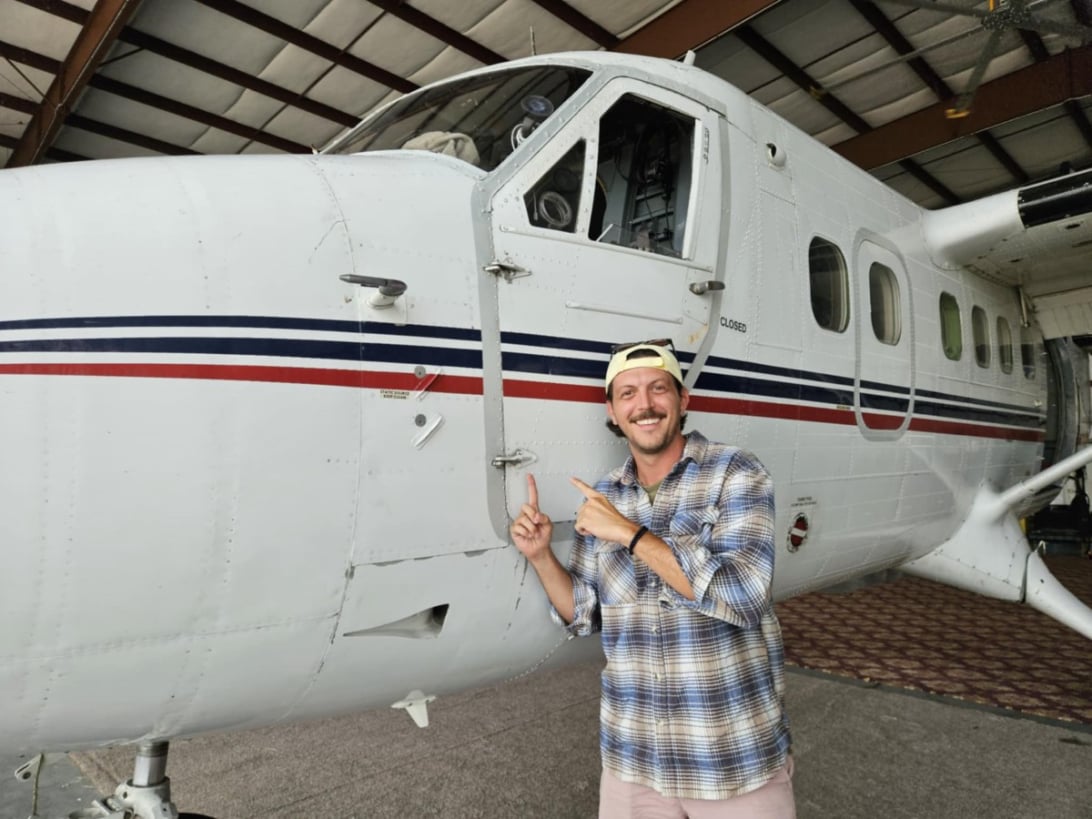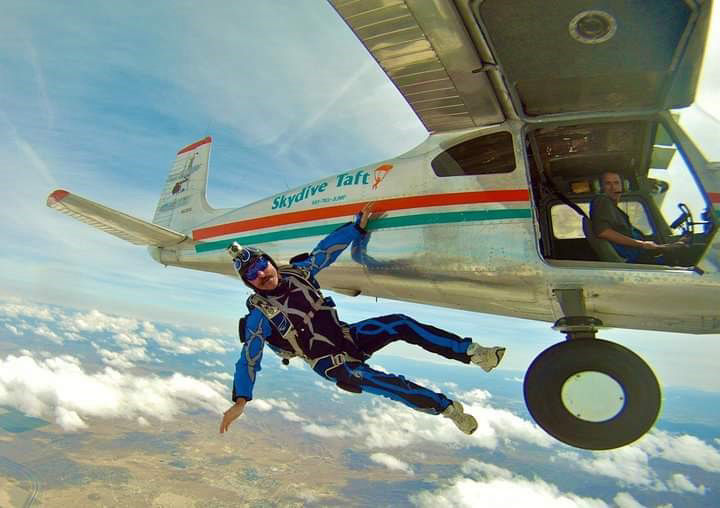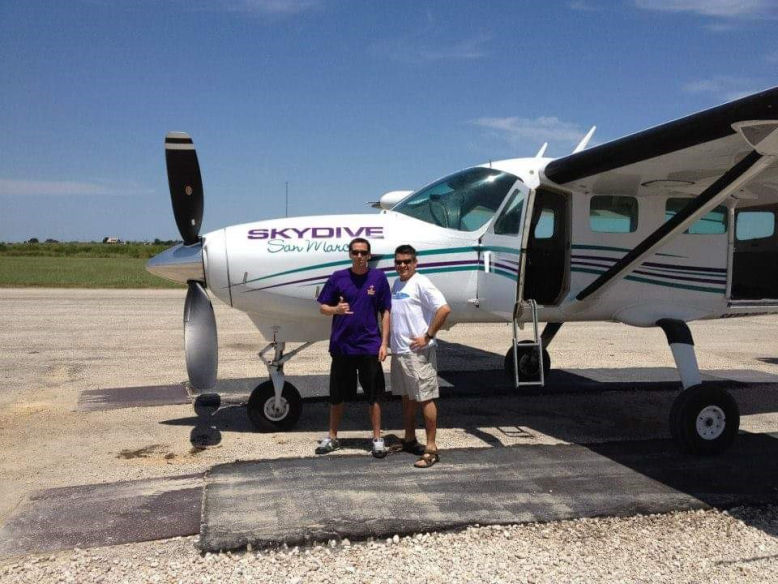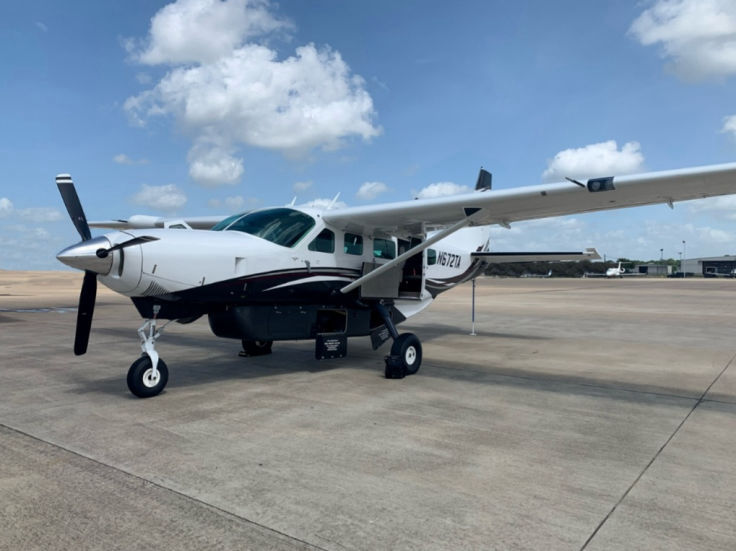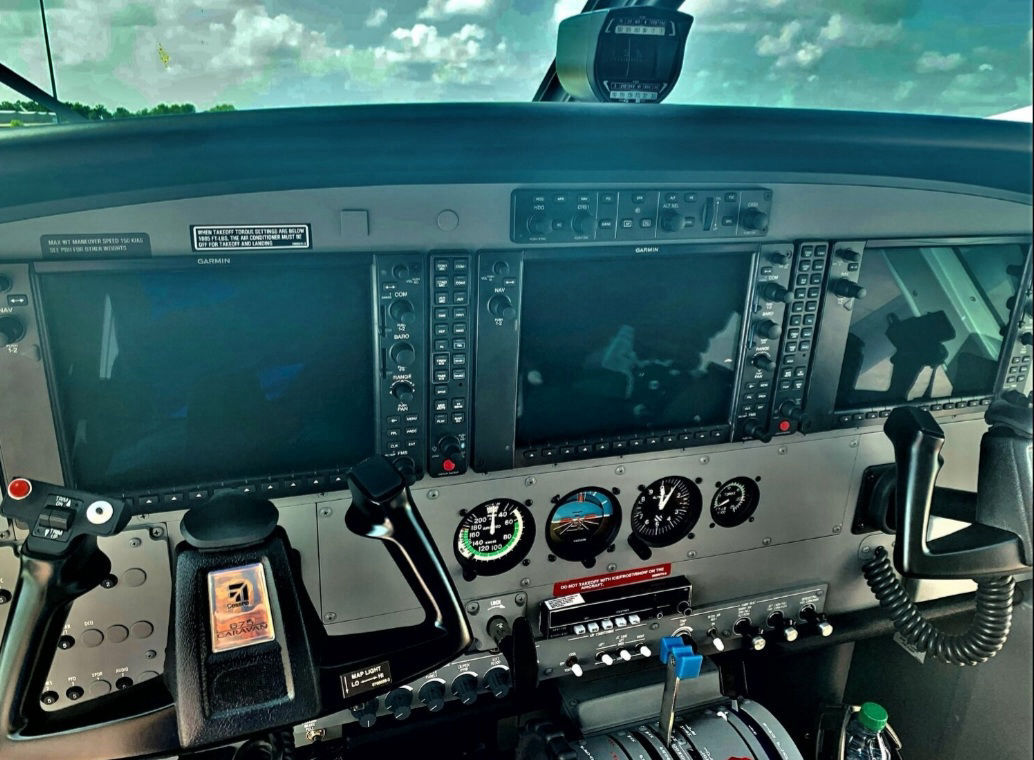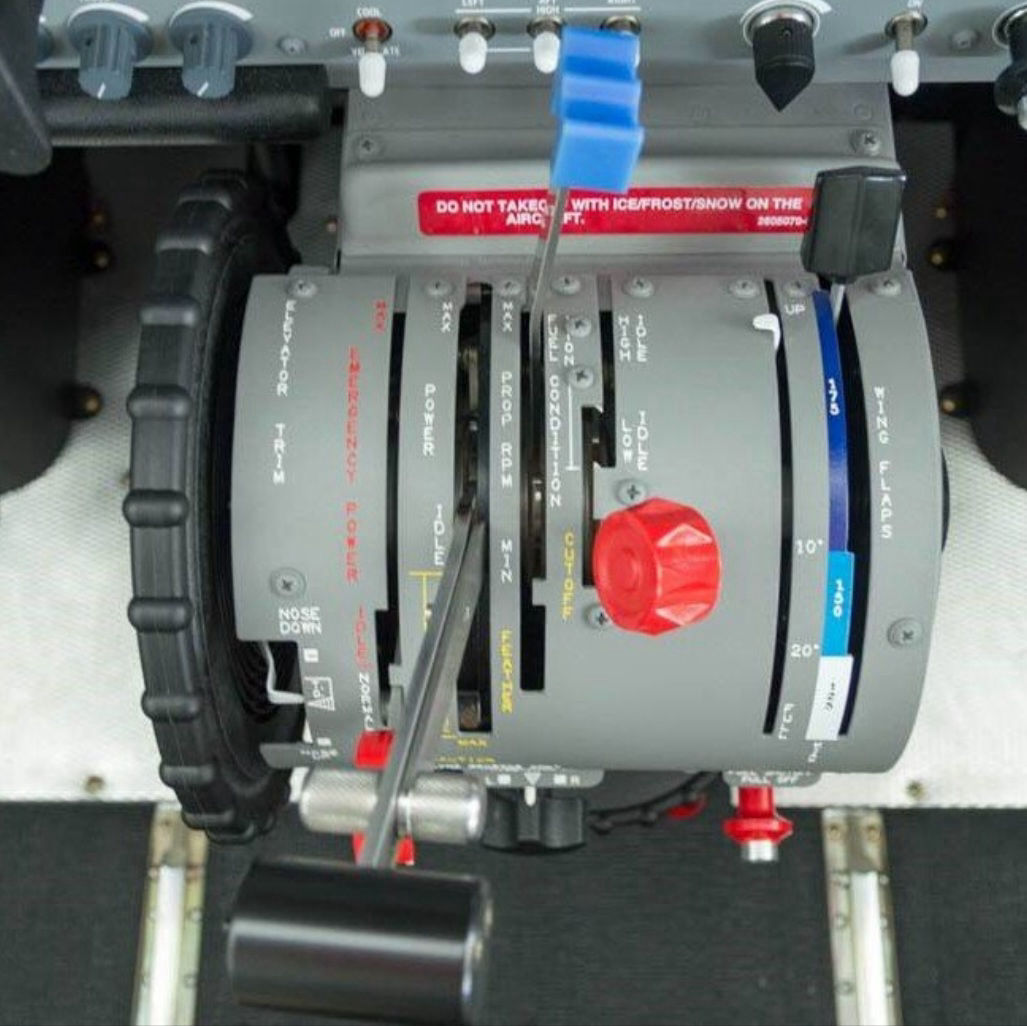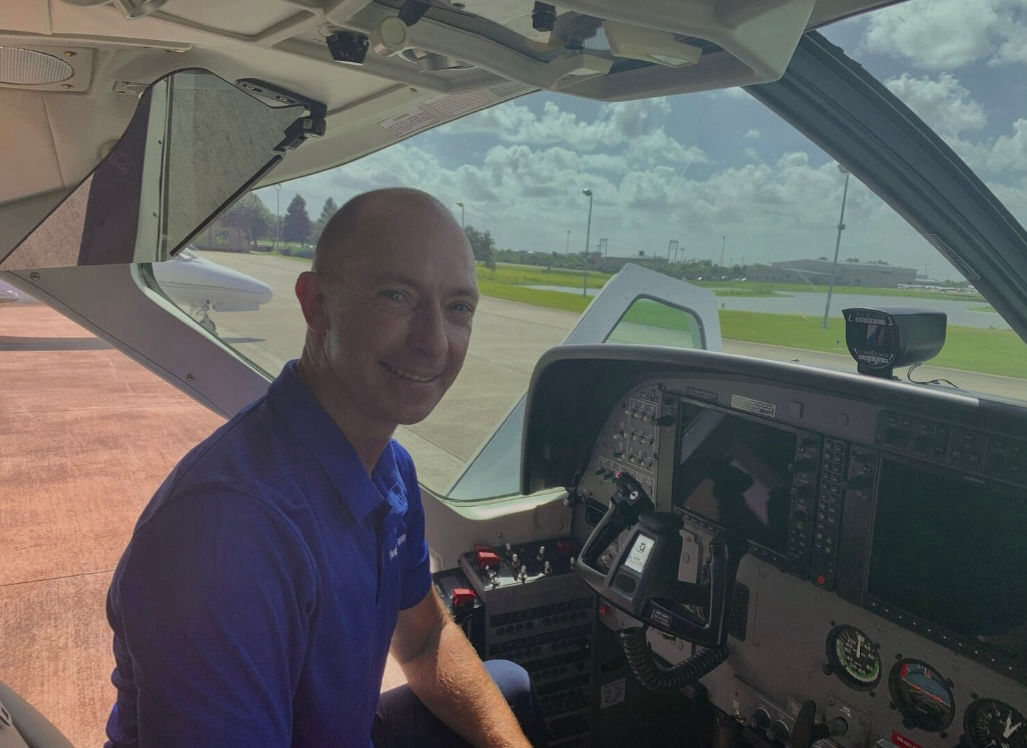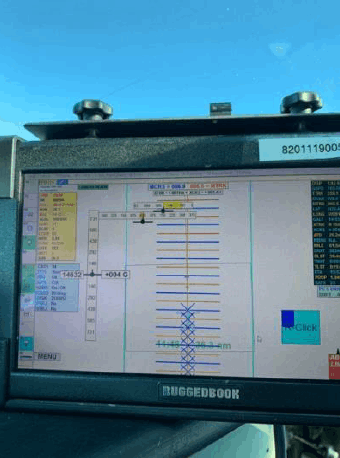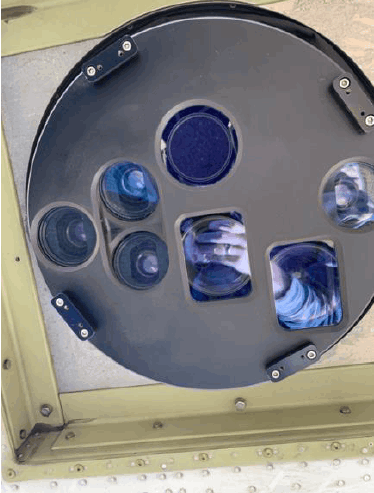After throwing screaming humans out of "perfectly good airplanes" for a few years I decided to challenge myself with a different type of flying, Aerial Survey. To be specific it was flying a LiDAR (Light Detection and Ranging) equipped Cessna 206 for an American Aerial Survey company. Most of my flying was done in Central America and Mexico.... beautiful Cancun to be specific! While "working" down there I lived in a hotel on the beach, paid for by the company. I regularly relaxed on the warm beach and went scuba diving and visited Mayan pyramids on my days off. Now, what were you telling me about being a CFI? Ha!
There are numerous different ways that you can go about building your flight hours. Below you will find 10 different types of non-CFI flying jobs for you to consider, many of which you will find here on JobsForLowTimePilots.com!
1. Aerial Survey Pilot
Like I mentioned above, being an Aerial Survey Pilot can be very enjoyable and rewarding. Also, if you are looking to build flight hours the quickest, this is the type of flying that you will want to do. You can easily log over 150 hours per month depending on obvious variables such as weather and how busy the company that you chose to fly for is.
One disadvantage of this type of flying is that you will more than likely be away from home, staying in hotels for days, weeks and even months at a time. However, the benefit to that is that most companies will allow you to keep the hotel points (available for a year) that you can use for personal trips or vacations on your days off.
Types of aircraft: Cessna 172, Cessna 182, Cessna 206, Cessna Conquest, Cessna Caravan, Piper Aztec.
Minimum hour requirement: 250TT
If you would like more information about this type of flying, feel free to join the Aerial Survey Pilots group on Facebook!
2. Glider Tow Pilot
Towing gliders is a fun option for anyone looking to build up their total flight hours. There are soaring schools and clubs located all over the world. Most glider towing operations use taildragger type aircraft, so you will more than likely need to get your tailwheel endorsement. That normally takes 4-10 hours and costs about $2000 max. Once you have that, most soaring companies that hire you will train you in their specific type of airplane and give you free soaring lessons!
Types of aircraft: ACA Citabria, Cessna 175, Cessna 188, Piper Pawnee
Minimum hour requirement: 500TT
3. Banner Tow Pilot
You will regularly find banner tow aircraft flying relatively low to the ground while circling sporting events, flying along beaches and other highly populated tourist spots. Similar to glider towing, you will more than likely need a tailwheel endorsement, again that normally takes 4-10 hours and costs about $2000 max. This job, for the most part, is a Summer season job but you can definitely rack up a lot of flight hours in that season!
Types of aircraft: ACA Citabria, Piper Pawnee, Piper Super Cub
Minimum hour requirement: 500TT
4. Skydive Pilot
Commonly referred to as "Diver Drivers" or Jump Pilots, this is a type of flying that I personally know the most about. As I mentioned above, when I had 300 total flight hours logged I started flying skydivers in a Cessna 206 for a skydive company near Austin, TX. and eventually moved up to a Caravan.
I enjoyed it so much that I ended up flying skydivers for 7 years for skydive companies all over the U.S. This is a fun but challenging flying job. One of the few flying jobs that has you constantly climbing and descending all day. These aircraft are loaded down to almost their max. gross takeoff weight on every load. Also, your CG will be all over the place while the skydivers are exiting the airplane. They also create drag while hanging outside of the door in slow flight conditions.
Obviously most of your flying will be done during the day in VFR conditions, so it is important not to get "rusty" with your Instrument flying skills. Because of this reason, I recommend that you, at least once a month, do some instrument flying and approaches. Don’t get rusty and have fun. Throwing screaming humans out of “perfectly good airplanes” was some of the most fun that I've ever had in my 30 years of flying!
Types of aircraft: Beech King Air C90, Cessna 182, Cessna 206, Cessna Caravan, DeHavilland Twin Otter, PAC 750XL
Minimum hour requirement: 300TT
For more information about this exciting type of flying, please visit our affiliate website SkydiverDriver.com and read an article that I wrote that will answer a lot of your questions, titled "My First Days as a Jump Pilot".
5. Aerial Photography
Although drones have taken over much of this type of flying, there are still numerous flying jobs available in this field. Most of us learned how to fly in Cessna 172s and the most common type of aerial photography airplane seems to be this same airplane. So it should not be much of a transition for you. Aerial photography companies are also utilized by Forestry Departments all over the world for forest health surveys, wildlife management, fire detection and location scouting.
Types of aircraft: Cessna 172, Cessna 182, Cessna 206, Piper Aztec
Minimum hour requirement: 500TT
6. Fish Spotting
For new pilots, or even seasoned ones for that matter, this one might be the most surprising to see on the list! I know for me it was surprising to find out that this type of flying exists.
Fishing companies all over the globe rely on fish spotter pilots to help them locate large schools of fish like herring in Alaska or even single marlin off of the coast of California. You will obviously need to move to a region that has a large fishing industry. If you're a helicopter pilot, you can find jobs flying R-22s on large tuna boats in the Pacific. You will be gone from home for months at a time, but you will definitely rack up a lot of flight hours.
Types of aircraft: ACA Citabria, Cessna 172, Piper Super Cub, Robinson R-22
Minimum hour requirements: 500TT
7. Traffic Watch
If you live near a large city, you more than likely have a company that provides traffic watch services for the local TV and radio news channels and occasionally local law enforcement. Most traffic watch jobs involve helicopters but there are numerous fixed-wing jobs available, usually in Cessna 172's.
This flying job can be challenging because you will be flying low-level, slow and usually through congested airspace. However, unlike some other jobs on the list, this one does not require you to be away from home for days or weeks at a time. You will mainly be flying mornings and evenings during "rush hours".
Types of aircraft: Robinson R22, Cessna 172
Minimum hour requirement: 500TT
8. Pipeline Patrol
When you think about pipeline patrol, don't only think about Texas and California. There are oil and gas pipelines running above ground and production fields all over the U.S. and in numerous countries around the world.
This job can be challenging for a new Commercial pilot considering the fact that you will usually be flying as low as 500 feet above the ground, sometimes in mountainous areas in variable weather all while looking for damaged pipelines. "Must love low-level VFR flying" and "comfortable in high winds and using small runways" as stated on a recent pipeline patrol pilot job posting.
But challenging flying can be rewarding flying. Know that you will always have challenges in your flying career. Meet those challenges, learn from them and you definitely become a better pilot!
Types of aircraft: ACA Citabria, Cessna 172, Cessna 182
Minimum hour requirement: 400TT
9. Air Tour
Think about some of the most beautiful places on the planet and I guarantee that there is an air tour company there. I've personally seen them in New Zealand, Hawaii, Los Angeles, NYC and the Grand Canyon. Places that most of us would love to live and fly! Obviously most of your flying will be done during the day in VFR conditions, so refer to #4 on the list above as to what you should be doing every now and then.
Types of aircraft: Cessna 172, Cessna 206, Cessna Caravan, DeHavilland Twin Otter, Robinson R44
Minimum hour requirement: 500TT
10. Part 91/135 SIC
This is how I personally added to my multi-engine turbine time. I was flying auto industry cargo all over North America, mostly at night in all weather with no autopilot. It was not pleasant at the time but it made me the pilot that I am today. I am not afraid to fly any airplane (that I've been trained in) in most types of weather at night. However, most of these type of jobs will have you flying passengers during the day. You can build a lot of quality flight time in this arena and I highly recommend it.
Types of aircraft: Beechcraft King Air, Bombardier Dash 8, Cessna Caravan, Embraer Brasilia, Pilatus PC-12
Minimum hour requirement: 250TT
Keep checking JobsForLowTimePilots.com for flying jobs like the ones mentioned above and let us know if you have any questions. We love helping out our fellow pilots!
